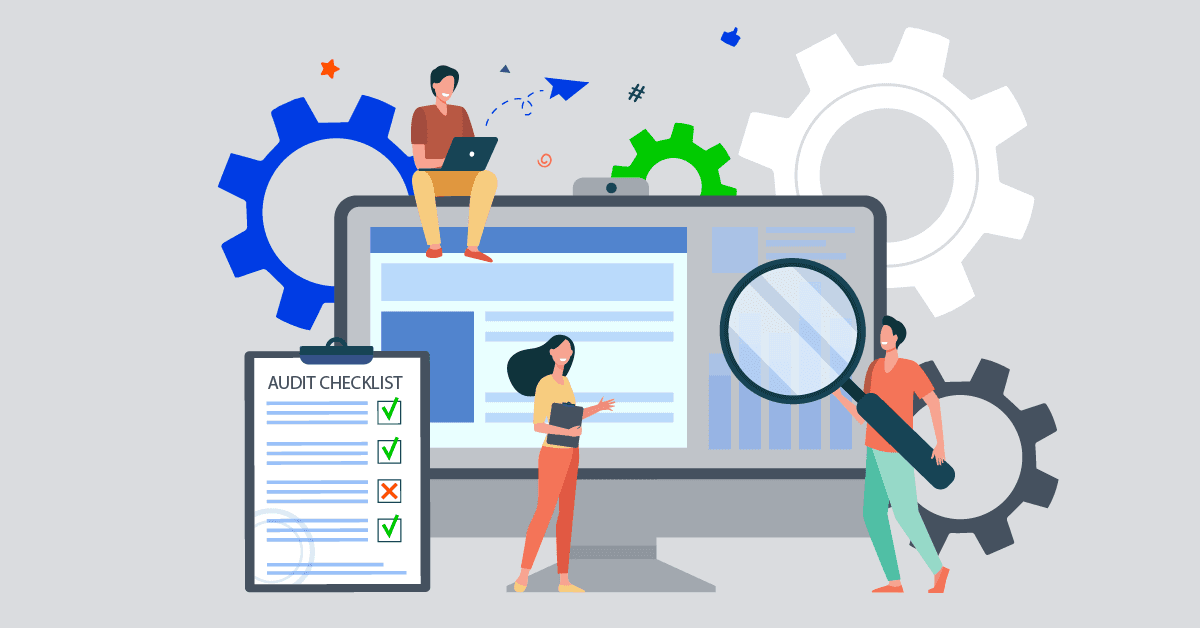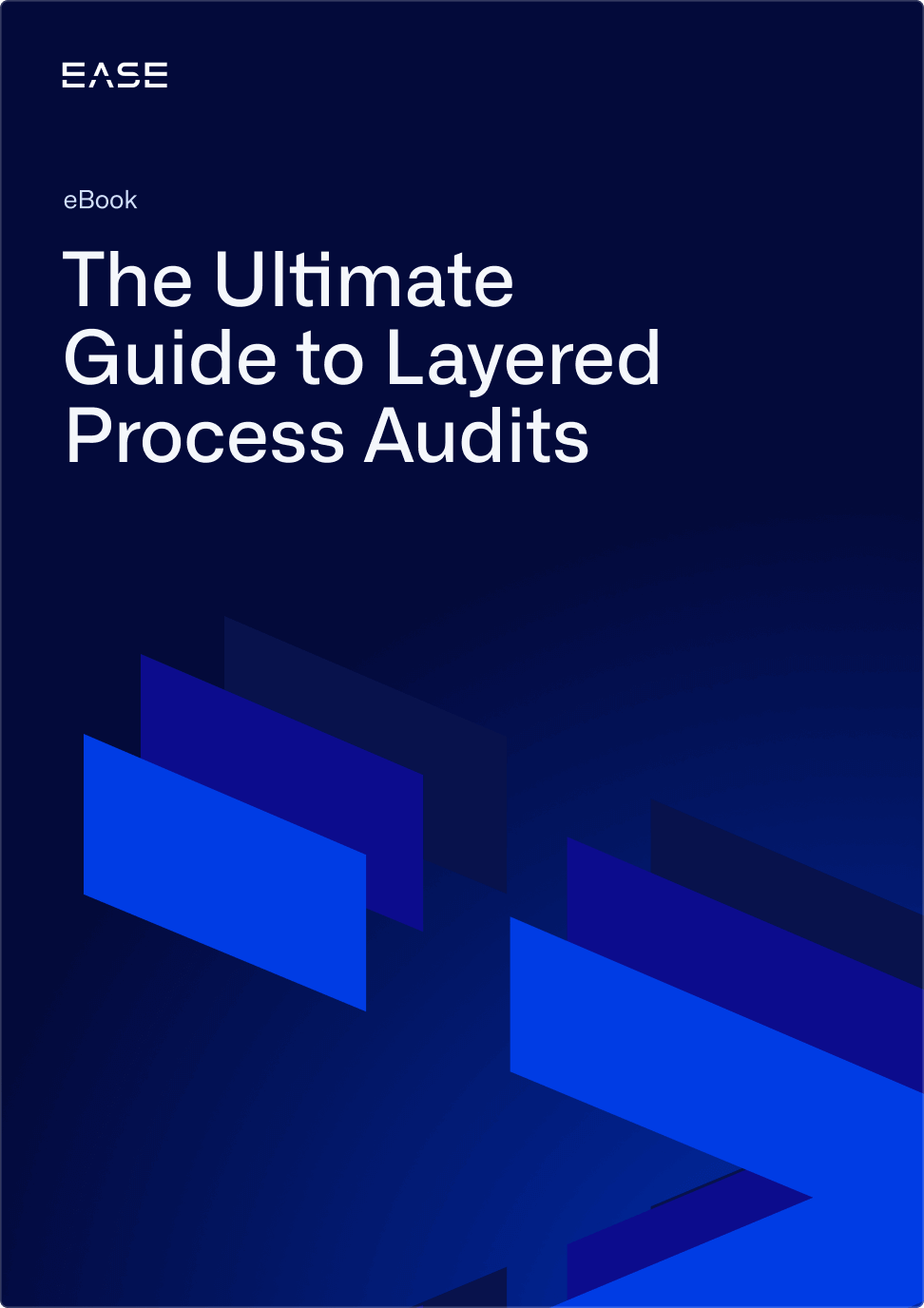7 Steps for Switching to Audit Software from Spreadsheet-Based Audits


If you’ve decided to transition from spreadsheets to audit software, you may be wondering about how to make the process go more smoothly.
What do you need to prepare? How will you ensure success?
In this article, we cover the main steps in the process, which align with the Plan-Do-Check-Act approach. You’ll learn how to lay the groundwork for an easier transition, as well as key success factors and what to consider when choosing a vendor.
Does your plant do layered process audits? Download a free checklist template to get started
1. Select a Vendor
As you evaluate different vendors, factors you’ll want to consider include:
- Support: What’s the vendor’s reputation around customer support? Ask for references and read reviews online.
- Turnaround time: How quickly can you implement the software?
- Training: Does the vendor offer one-on-one setup, or do you have to do it yourself? Does it require in-depth training, or is it an intuitive system with low-tech knowledge requirements?
2. Migrate Your Spreadsheets
This step involves updating spreadsheet columns to align with software fields, as well as loading spreadsheets into the system.
Ideally you have added support at this step to help you understand the different form fields in your new software. For example, most check sheets typically include audit questions, whereas the software template may include fields such as:
- Title
- Question
- Reason
- Reaction plan
3. Create Your Audit Schedule
To create your audit schedule, you’ll first need usernames and/or email addresses of people conducting audits. Email addresses are most helpful for notifications, but if shop floor employees don’t have email addresses, you should still be able to assign each a username. This allows you to track who’s conducting audits and closing out mitigations, as well as who needs improvement.
Second, you’ll need to decide how often each person will perform audits. If your plant conducts layered process audits (LPAs), you must identify which individuals belong in each layer, and at what frequency each layer will perform audits.
Finally, you’ll need to account for deviations from your schedule, such as when production lines are down or when auditors are on vacation. Your software vendor should be able to help you make sure this gets included in the scheduler.
4. Train Your Team
Next you need to train your team on how to use the new audit software. If the software has a simple interface that doesn’t require a lot of training, you should be able to tackle this in about half an hour.
You may want your vendor to hold a classroom-style session, or you may find it easier to do the training in-house due to scheduling concerns.
5. Roll Out the Pilot Program
With all the planning pieces in place, it’s finally time to actually roll out the audits. Companies use several different approaches to piloting audit automation.
Some plants deploy the software across all production areas at once, while others start with one area or department at a time. If you’re taking the latter approach, you’ll want to consider where to start.
Some companies begin with a problem area, since rolling it out successfully there can help identify any bumps that need to be smoothed out. It also can drive bigger initial results that help build momentum. Other organizations start with a high-performing area with engaged employees, since they can help ensure a more efficient rollout.
One element to think about here is device access. If you’re using mobile audit software, you’ll want to make sure everyone has access to a device. That could mean having people download an app to their own smartphone, or have company-issued tablets that people can check out.
6. Report on and Track Audits
Your vendor should do a check-in after deployment to see how the first set of live audits went. They should also do periodic checks over time to help ensure that things are going smoothly. A lessons learned approach is helpful with these discussions, allowing you to identify what’s going well and where you might need additional support.
To make sure the software is being used effectively, you’ll want to look at:
- Audit completion rates to identify where participation is low
- Question failure rate over time, which provides an effectiveness check for corrective actions
- Question compliance rate, or how often an audit question passes
7. Update Your Questions
The final step in making the switch to software-based audits is to update questions, which should be done on a regular basis.
One metric to look at here is question compliance rate. If a question has a 90% pass rate or more, it’s not really adding value. Instead, this tells you that you need to go back and update the questions to make them more specific or relevant to recent quality issues.
Implementing audit software like EASE can be a straightforward process with the right planning and support. While every rollout has it’s bumps, following the steps here can help you lay the groundwork for a more successful deployment.
